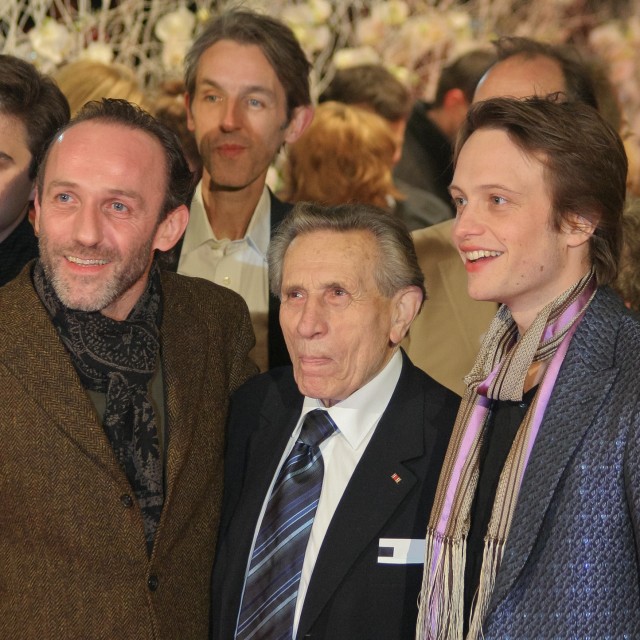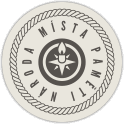Jacobson Simply Made Bad Gelatine
In the beginning of 1945, the so called counterfeiting commando was tasked with finding a way how to forge American dollars. The work was personally supervised by the operation’s commander Bernhard Krüger. The prisoners who were members of this commando were placed in the strictly guarded blocks 18 and 19 in the Sachsenhausen concentration camp and no one, with the exception of the already mentioned commander Krüger, was allowed to leave the blocks. Yet the forgers’ leader, a Dutchman named Jacobson, had nevertheless decided to sabotage the forging. Adolf Burger recalls their leader: “Jacobson used to tell me: ‘They can never get hold of the dollars, because that would prolong the war.’ So he decided to sabotage the forging. He was supposed to make gelatine for the photogelatine process and although the negatives were good, the dollar did not turn out right. Then Krüger came with a message from Himmler that if we do not have the dollars within five weeks, we would be shot. That was typical of him. Then of course Jacobson made good gelatine, but it was already too late, because the Russians had just 150 kilometres left to Berlin. Because we delayed the forging, the counterfeit dollars were never distributed; it was simply too late.”
Hodnocení
Abyste mohli hodnotit musíte se přihlásit!
Trasy
Příběh není součastí žádné trasy.
Komentáře

Adolf Burger
Mr. Adolf Burger was born in 1917 in Velka Lomnice town in Poprad region. He comes from a Jewish family. During his youth he was a member of the Haschomer Hacair Jewish organization and later, as adult, was a chairman of this association for short time. He is an educated compositor. After the school he shortly worked as a builder and during the years 1937 and 1939 he served in the Czechoslovak army. When the war began he was already working as a compositor in Bratislava town in Slovakia. He participated here in a secret resistance group of young communists. The main task of this group was saving the Slovakian Jews from being transported. Mr., Burger’s part was to print fake birth certificates. In August 1942, the whole association was revealed and Mr. Burger with his wife Gisele were arrested and transported to theAuschwitz concentration camp. The twenty two years old Gisele didn’t survived the camp.Mr. Adolf Burger, who survived the "Auschwitz hell“, has been called up to Sachsenhausen in Germany as a compositor in 1944. Together with another 130 prisoners he participated in the biggest counterfeiter operation in the history, started by the Nazi Germany in order to weaken the British currency and for their own financial plotting. Thanks to disordered and confused SS officers at the end of the war most of the counterfeiters came to liberalization after all. Regarding the original plan the whole group involved in this operation was supposed to be killed. After the liberalization of the Ebensee concentration camp, with a borrowed camera Mr. Burger provided documentation of the Nazi barbarities which was later used in his first publicized edition (1945) about concentration camps. Twenty years after the end of the war he started to work as a journalist and publicized the complete counterfeiter operation in a book called Des Teufels Werkstatt (The Evil’s Workshop). He remains active up to these days visiting Germany where he lectures at high schools and talks with students about the holocaust. An Austrian-German movie has been released in 2007 named Die Fälscher (The Counterfeiters). This movie has been inspired by Mr. Burger’s book and won the Oscar for the best international movie.







